Born in Brooklyn New York in 1914 was Peretz Rosenbaum. Changing his name to Paul Rand in his early design career to disassociate from his Jewish culture, he would soon become one of the most well-known names in graphic design history. Paul began his journey as an artist at the early age of 3. His father owning a grocery store, Paul would adventure around recopying and studying commercials and signage. In high school he began creating signs and paintings for the store and school events.
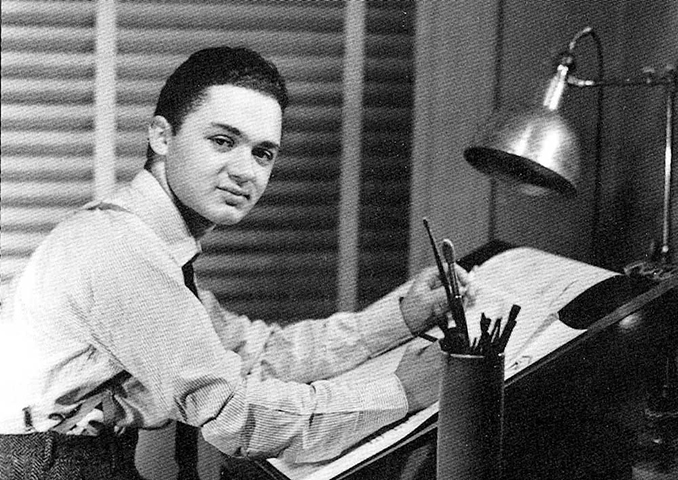
Throughout the following years, after studying at New York’s Pratt Institute and the Art Students League, he began making a name for himself. With his bold and modernist style he began creating magazine and book covers. Being convinced graphic design was a universal language through geometric forms, he created some of the mostrecognizable logos and brands to date. Many of which stand untouched today. Creating logos such as; IBM (1956), UPS (1961), ABC (1962), and NeXT (1986).
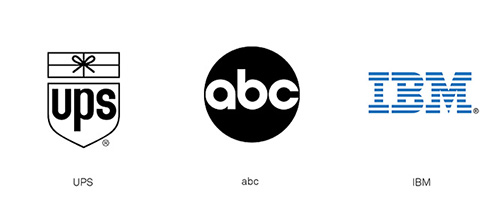
In this book it layed out in much detail every branding aspect and design choices. One of the key branding efforts was the change of Next to NeXT. Rand believed the word Next was too similar to Exit. By making this change the Viewer will be able to read the word as its intent. With this creating a unique and memorable brand.
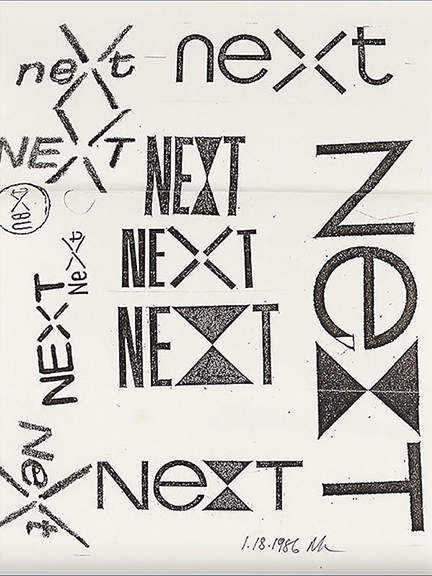
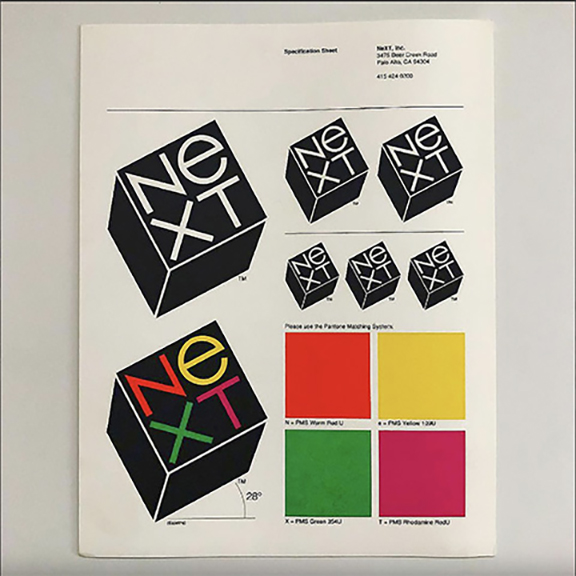
After Jobs had examined and studied Rand’s proposal, Jobs asked Rand if he would be willing to come up with afew more options. Rand replied with, “’No, I will solve your problem for you and you will pay me. You don’t have touse the solution. If you want options, go talk to other people.” Rand’s design process and explanations goes far above and beyond proposals.
Showing the process, you are able to view the logo design process, and mockups of which it is on. These mockups contain; stampage, notepads, envelopes and stationary.
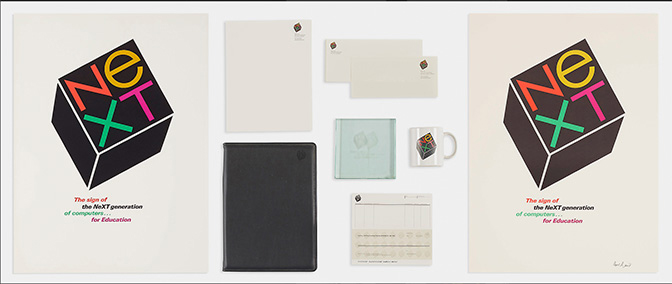
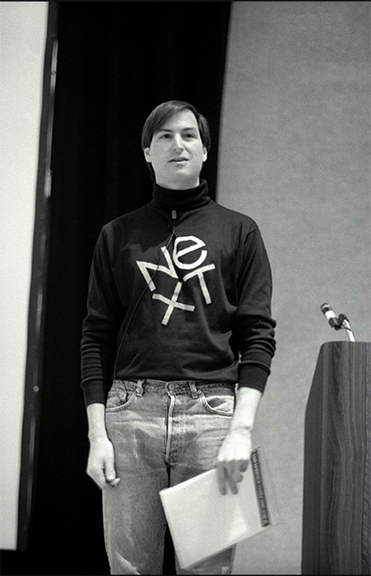
Overall, Rand made huge changes in design and branding history. His work can still be seen in our branding today. Many aspiring Graphic Designers today use his work as inspiration when branding and designing graphics suchas logos. Rand left a huge mark on Graphic Design, leading up to what it is today.
Sources:
https://www.grapheine.com/en/history-of-graphic-design/paul-rand-everything-is-design
https://www.famousgraphicdesigners.org/paul-rand
https://www.logodesignlove.com/all-about-paul-rand
https://www.paulrand.design/work/NeXT-Computers.html#images-77
Analysis and writing by Darcy Ancel.
Darcy Ancel is a junior graphic designer in the Art & Design department at the University of St. Francis in Joliet, Illinois. Ancel is also a drag racer and passionate about her connection to the sport through Ancel Racing. Her senior thesis plans to examine the family lineage of Ancel Racing based in Morris, Illinois, through a series of design works, including branding, photography, a photobook, other visual design elements and writing.


